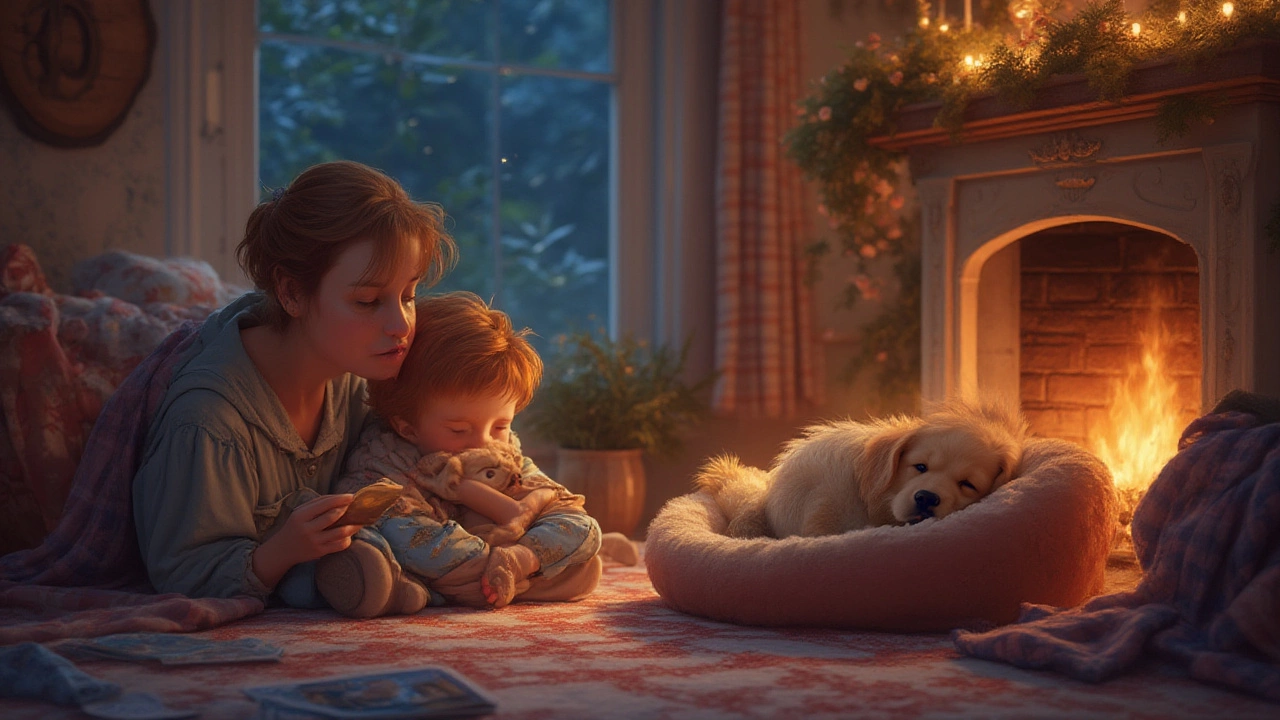How Much Should Puppies Sleep? Practical Answers for New Dog Parents
Sleep Needs by Age
New puppy owners often wonder if their little furball is getting enough shut‑eye. The rule of thumb is that puppies need about twice the amount of sleep an adult dog gets. That means anywhere from 18 to 20 hours a day for the youngest pups, dropping to 14‑16 hours as they grow.
From birth to about eight weeks, a puppy will nap almost nonstop. Expect 4‑6 short naps spread across the day and night, each lasting 30 minutes to an hour. Their tiny bodies are still developing, and sleep helps with brain growth, immune function, and muscle repair.
Between eight and sixteen weeks, the nap frequency drops a bit. You’ll see 3‑5 naps a day, totaling 12‑14 hours, plus a longer nighttime stretch of about 8‑10 hours. This is the stage when you can start introducing short, gentle training sessions without exhausting them.
From four to six months, puppies settle into a more adult‑like pattern. They still need 14‑16 hours, but you’ll notice longer periods of wakefulness. A solid night’s sleep of 10‑12 hours becomes normal, and you can schedule two or three daytime naps of an hour each.
Creating a Puppy‑Friendly Sleep Environment
Watch for signs your pup is overtired: whining, pacing, or sudden clumsiness. If you see these, it’s time for a nap. A comfortable, safe spot makes a huge difference. A crate with a soft blanket works well because it mimics a den, but a puppy‑size bed in a quiet corner is also fine.
Keep the sleep area cool, dark, and free of drafts. White noise or a ticking clock can help drown out sudden sounds. Avoid placing the crate near noisy appliances or the front door where strangers come and go.
Establish a bedtime routine. Turn off bright lights, give a short bathroom break, then place the puppy in the crate or bed. A few minutes of calm petting signals it’s time to settle. Consistency trains their internal clock, making night‑time wakings less common.
During the day, schedule regular nap windows—usually after meals, play, and bathroom trips. Short, frequent naps are better than one long stretch for young puppies. If your pup resists a nap, try a calm chew toy or a gentle lick to soothe them.
Remember, it’s okay if a puppy snores or twitches. Those are normal sleep stages. Just make sure they’re safe—no loose blankets that could cover their face, and no toys that could be swallowed while they’re dozing.
Quick checklist:
- 0‑8 weeks: 18‑20 hrs total, many short naps
- 8‑16 weeks: 14‑16 hrs total, 3‑5 naps
- 4‑6 months: 14‑16 hrs total, longer night sleep
- Watch for whining, pacing, clumsiness
- Provide a quiet, cool den‑like spot
- Use a consistent bedtime routine
Stick to these basics and you’ll give your puppy the rest they need to grow happy and healthy. Sleep isn’t just downtime—it’s the foundation for good behavior, learning, and a strong bond with you.
Posted By Bryndle Redding On 15 Jul 2025 Comments (0)
Puppy Bedtime: How to Set Your Pup's Perfect Sleep Schedule
Wondering what time your puppy should go to bed? This guide explains timing, routines, and tips to help your puppy get restful, healthy sleep.
READ MORE